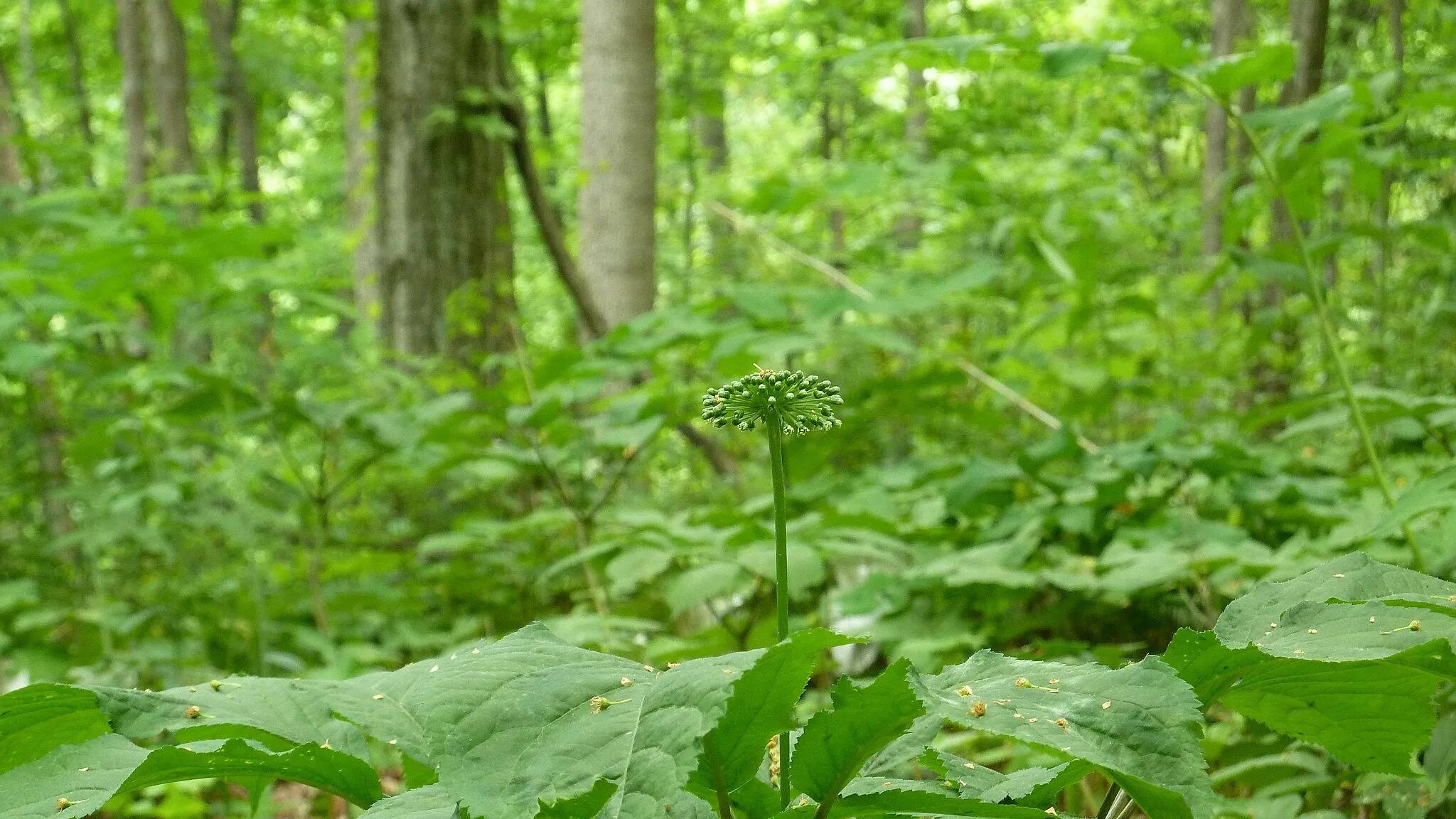Hidden Wild Ginseng Hollows Of The Appalachians

Have you ever wondered where to find wild ginseng in the Appalachians? This elusive plant, prized for its medicinal properties, thrives in the shaded hollows of these ancient mountains. Imagine trekking through dense forests, your eyes scanning the ground for the telltale forked leaves and red berries. The search for wild ginseng can feel like a treasure hunt, with each discovery bringing a sense of accomplishment. Whether you're a seasoned forager or a curious beginner, understanding where and how to look can make all the difference. Ready to uncover the secrets of wild ginseng in the Appalachians? Let's get started!
The Mystique of Wild Ginseng
Wild ginseng, often called "green gold," thrives in the hidden hollows of the Appalachian Mountains. This elusive root has been prized for centuries for its medicinal properties and rarity. Let's explore some of the best spots to find this natural treasure.
Appalachian Ginseng Hotspots
The Appalachian region spans several states, each with its own secret ginseng hollows. Here are some of the top places where you might stumble upon this precious root.
Great Smoky Mountains National Park
- Nestled between North Carolina and Tennessee, this park offers dense forests and secluded valleys perfect for ginseng growth. The park's diverse ecosystem provides ideal conditions for the root to flourish.
Monongahela National Forest
- Located in West Virginia, Monongahela's rugged terrain and rich soil make it a prime location for wild ginseng. The forest's remote areas are less frequented by visitors, increasing your chances of finding ginseng.
Nantahala National Forest
- In North Carolina, Nantahala's deep gorges and shaded slopes create a perfect habitat for ginseng. The forest's name means "Land of the Noonday Sun," hinting at the limited sunlight that ginseng prefers.
George Washington and Jefferson National Forests
- Spanning Virginia and West Virginia, these forests are known for their biodiversity. The mixed hardwood forests provide a suitable environment for ginseng to thrive.
Daniel Boone National Forest
- Kentucky's Daniel Boone National Forest is rich in history and natural beauty. Its rugged landscape and abundant shade make it a haven for wild ginseng.
Tips for Ethical Ginseng Harvesting
Finding wild ginseng is just part of the adventure. Harvesting it responsibly ensures that this valuable plant continues to thrive for future generations.
- Know the Laws: Each state has specific regulations regarding ginseng harvesting. Make sure to familiarize yourself with these rules to avoid legal trouble.
- Harvest Mature Plants: Only dig up plants that are at least five years old. Younger plants should be left to grow and reproduce.
- Replant Seeds: After harvesting, replant the seeds from the mature plant to ensure the next generation of ginseng can grow.
- Leave No Trace: Be mindful of the environment. Avoid damaging other plants and wildlife while searching for ginseng.
The Best Time to Hunt for Ginseng
Timing is crucial when searching for wild ginseng. The plant's appearance changes with the seasons, making it easier to spot at certain times of the year.
- Late Summer to Early Fall: This is the prime time for ginseng hunting. The plant's berries turn bright red, making it easier to identify among the forest foliage.
- Early Morning or Late Afternoon: These times of day offer the best lighting conditions for spotting ginseng. The softer light helps highlight the plant's unique features.
Ginseng Hunting Gear Essentials
To make your ginseng hunting experience successful and enjoyable, having the right gear is essential.
- Sturdy Footwear: The Appalachian terrain can be rough and uneven. Good hiking boots will protect your feet and provide necessary support.
- Digging Tools: A small garden trowel or a specialized ginseng digger will help you carefully extract the root without damaging it.
- Backpack: Carry a backpack with essentials like water, snacks, a map, and a first aid kit. A mesh bag can be useful for carrying harvested ginseng.
- GPS Device: Navigating the dense forests can be challenging. A GPS device or a reliable map will help you keep track of your location.
The Thrill of the Hunt
Hunting for wild ginseng in the Appalachian Mountains is more than just a search for a valuable root. It's an adventure that connects you with nature and the rich history of the region. Whether you're a seasoned ginseng hunter or a curious beginner, these hidden hollows offer a unique and rewarding experience.
Discovering the Hidden Wild Ginseng Hollows
Exploring the hidden wild ginseng hollows of the Appalachians offers a unique adventure. These secluded spots, rich in history and natural beauty, provide a rare glimpse into a world few get to see. Ginseng hunting isn't just about finding a valuable plant; it's about connecting with nature, understanding local traditions, and experiencing the tranquility of the mountains.
Remember to respect the environment and follow local guidelines to preserve these precious areas. Whether you're an experienced forager or a curious traveler, the Appalachian hollows have something special to offer. Pack your gear, bring a sense of adventure, and get ready to uncover the secrets of wild ginseng. This journey promises not just a physical trek but a deeper appreciation for the natural world and its hidden treasures.

